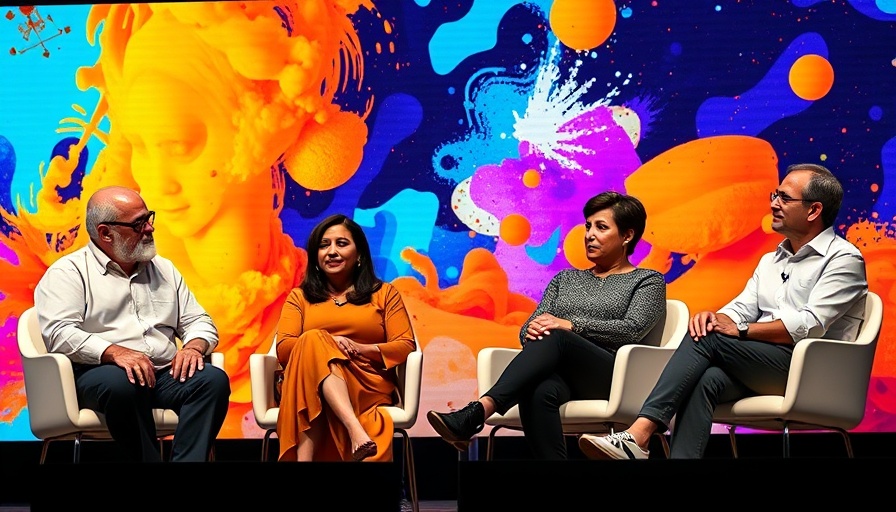
Connecting Technology to Care Access
During the recent ViVE 2025 conference in Nashville, industry leaders from community health centers and rural health systems emphasized the critical issues surrounding access to healthcare. With over 100 million Americans lacking consistent access to primary care due to provider shortages, innovative technology alone isn't a panacea. The narrative from the conference highlighted how understanding the unique needs of underprivileged communities is key to effective health interventions.
Innovating With Trust in Mind
"How do we keep community health centers from being left behind?" posed Johanna Liu, president of San Francisco Community Clinic Consortium. The survival of community health centers hinges not just on technology adoption but on fostering trust with the populations they serve. Providing services tailored to the community's specific socio-economic conditions—ranging from language barriers to food insecurity—can better enrich patient-provider interactions.
Building genuine relationships and understanding community context can improve healthcare delivery, as evidenced by Brian Haile, CEO of Neighborhood Health, who narrated actionable responses to patients' needs, such as offering food assistance.
AI’s Role in Enhancing Care
The topic of artificial intelligence also dominated discussions. Community health leaders expressed the potential of AI to streamline administrative processes and improve patient relationships. For instance, AI could facilitate translation services for non-English speaking patients and automate routine tasks, freeing providers to focus on more sensitive aspects of care.
As Ryan Thousand, interim CIO at Dahl Memorial Healthcare Association noted, many community providers have embraced existing technologies like telemedicine, which have proven to be essential in increasing patient reach, especially given the shortage of specialists in rural areas. Telehealth has transformed accessibility, ensuring that medical professionals can consult patients even from a distance.
A Call for Ground-Up Solutions
However, with these technological advancements comes the imperative of ensuring they align with community needs. Accessibility, especially in rural areas, requires a concerted effort to not only implement new technologies but to develop the infrastructure necessary for them to thrive. Rachelle Schultz, Winona Health President and CEO, encapsulated the sentiment when she stated, "We are people first. We must ensure technology doesn’t disrupt the valuable relationships built between patients and providers." This rallying cry underlines the need for balance—leveraging cutting-edge tech while nurturing the human bonds that are foundational to effective healthcare.
As rural providers continue to face barriers like budget constraints and pressure to innovate, the message from ViVE 2025 remains clear: Solutions must emerge from the grassroots, rooted in community engagement and trust, to truly elevate the standard of care across underserved regions.
 Add Row
Add Row  Add
Add 




Write A Comment